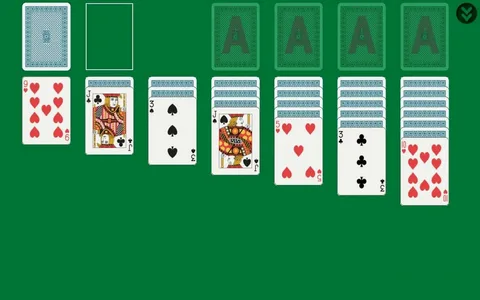Storytelling has been an integral part of human culture for centuries. It captivates audiences, conveys complex ideas, and creates emotional connections. In recent years, storytelling has found a significant place in the realm of slot game development, transforming simple gambling experiences into immersive adventures. This article explores the role of storytelling in modern slot game development, highlighting its importance and impact on player engagement.
Evolution of Slot Games
Slot games have come a long way since their inception in the late 19th century. The first mechanical whiteslots machine, known as the Liberty Bell, was a straightforward game with three reels and a few symbols. Over time, technological advancements led to the creation of electronic and video slots, which allowed for more complex gameplay and graphic enhancements. Despite these advancements, traditional slot games often lacked depth and narrative, focusing primarily on the mechanics of spinning reels and winning combinations.
Rise of Narrative-Driven Slot Games
The introduction of video slots in the 1990s marked a significant shift in the slot gaming industry. Developers began to incorporate themes, characters, and storylines into their games, creating a more engaging and entertaining experience for players. This trend has continued to evolve, with modern slot games now featuring intricate plots, detailed characters, and immersive worlds.
Importance of Storytelling in Slot Games
- Enhanced Player Engagement: One of the primary reasons storytelling has become so crucial in slot game development is its ability to enhance player engagement. A well-crafted story can draw players into the game, making them feel like active participants in a narrative rather than passive gamblers. This increased engagement often leads to longer play sessions and higher levels of player satisfaction.
- Emotional Connection: Stories have the power to evoke emotions, and when players feel emotionally connected to a game, they are more likely to stay invested. Characters with relatable motivations, intriguing plots, and captivating settings can create a sense of attachment, making the gaming experience more enjoyable and memorable.
- Differentiation in a Competitive Market: The slot gaming industry is highly competitive, with countless games vying for players’ attention. Storytelling provides a unique way for developers to differentiate their games from the competition. A compelling narrative can set a game apart, attracting players who seek more than just traditional gambling mechanics.
Elements of Effective Storytelling in Slot Games
Creating a successful narrative-driven slot game involves several key elements. Developers must carefully consider these components to craft an engaging and cohesive story.
Plot and Theme
The plot is the backbone of any story, and in slot games, it serves as the framework around which the entire game is built. Whether it’s a quest for hidden treasure, a journey through ancient civilizations, or a futuristic adventure, the plot should be engaging and relevant to the game’s theme. The theme sets the tone and atmosphere, influencing the game’s visuals, sound effects, and overall design.
Characters
Characters are the heart of any story. Slot games, provide players with relatable figures to root for and interact with. Well-developed characters with distinct personalities and backstories add depth to the narrative. Players become invested in their fates, driving them to continue playing to see how the story unfolds.
Visual and Audio Elements
Visual and audio elements play a crucial role in bringing the story to life. High-quality graphics, animations, and sound effects create an immersive environment that draws players into the game’s world. The visual design should complement the theme and plot, enhancing the overall storytelling experience. Music and sound effects should also align with the narrative, reinforcing key moments and emotions.
Game Mechanics and Features
Integrating storytelling into slot game mechanics and features can enhance the narrative experience. Bonus rounds, mini-games, and special features can be designed to advance the plot or provide additional context to the story. For example, a bonus round might involve completing a quest or solving a puzzle that ties into the game’s overarching narrative.
Conclusion
Storytelling has become a vital component of modern slot game development, transforming simple gambling games into rich, immersive experiences. By incorporating engaging plots, relatable characters, and high-quality visuals and audio, developers can create games that captivate players and keep them coming back for more. As technology continues to evolve, the role of storytelling in slot games will only become more significant, paving the way for even more innovative and captivating gaming experiences.





